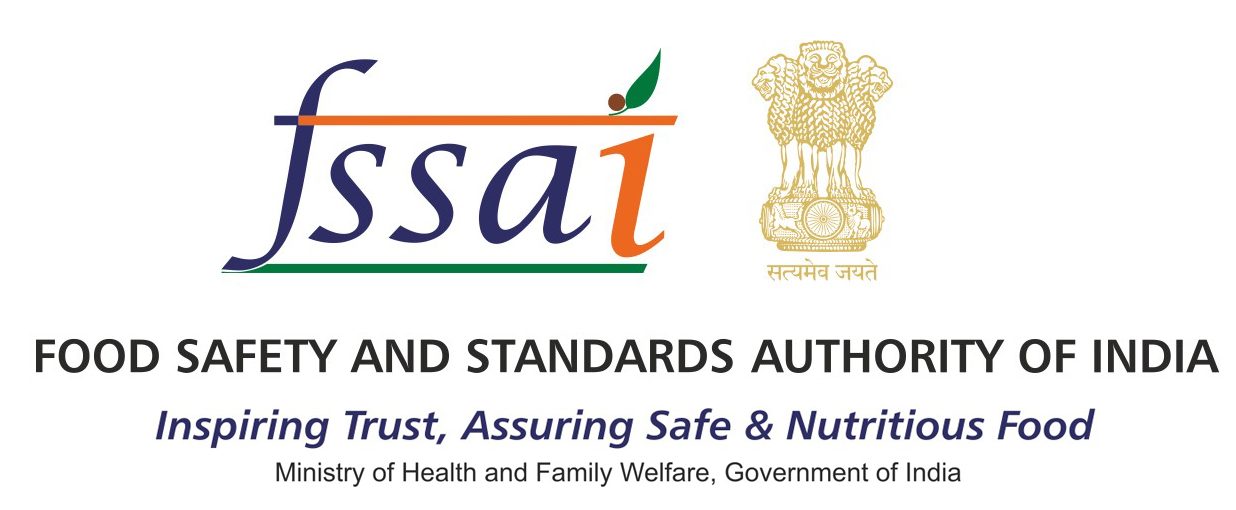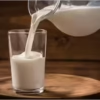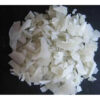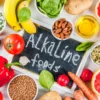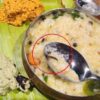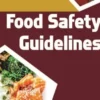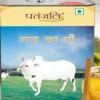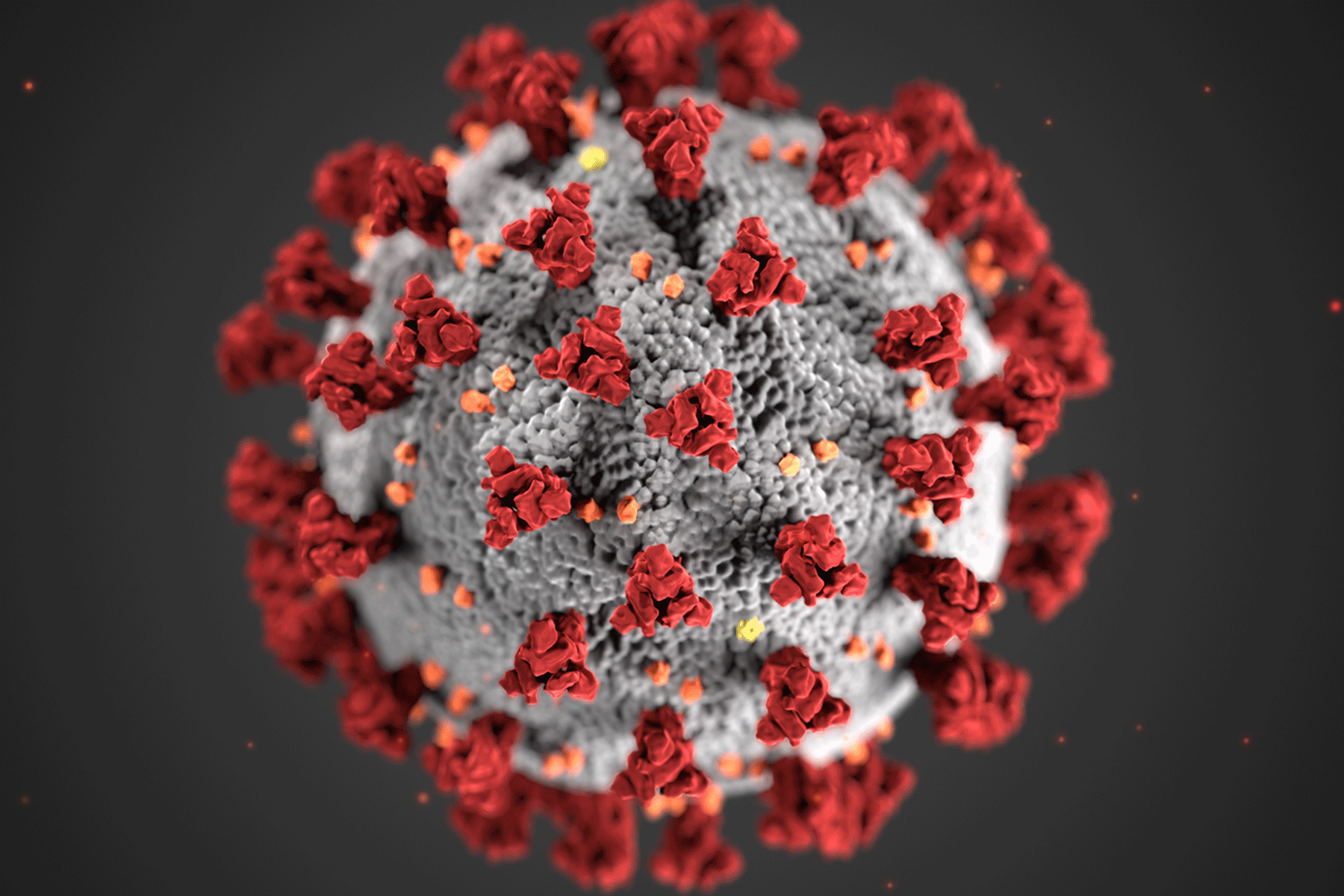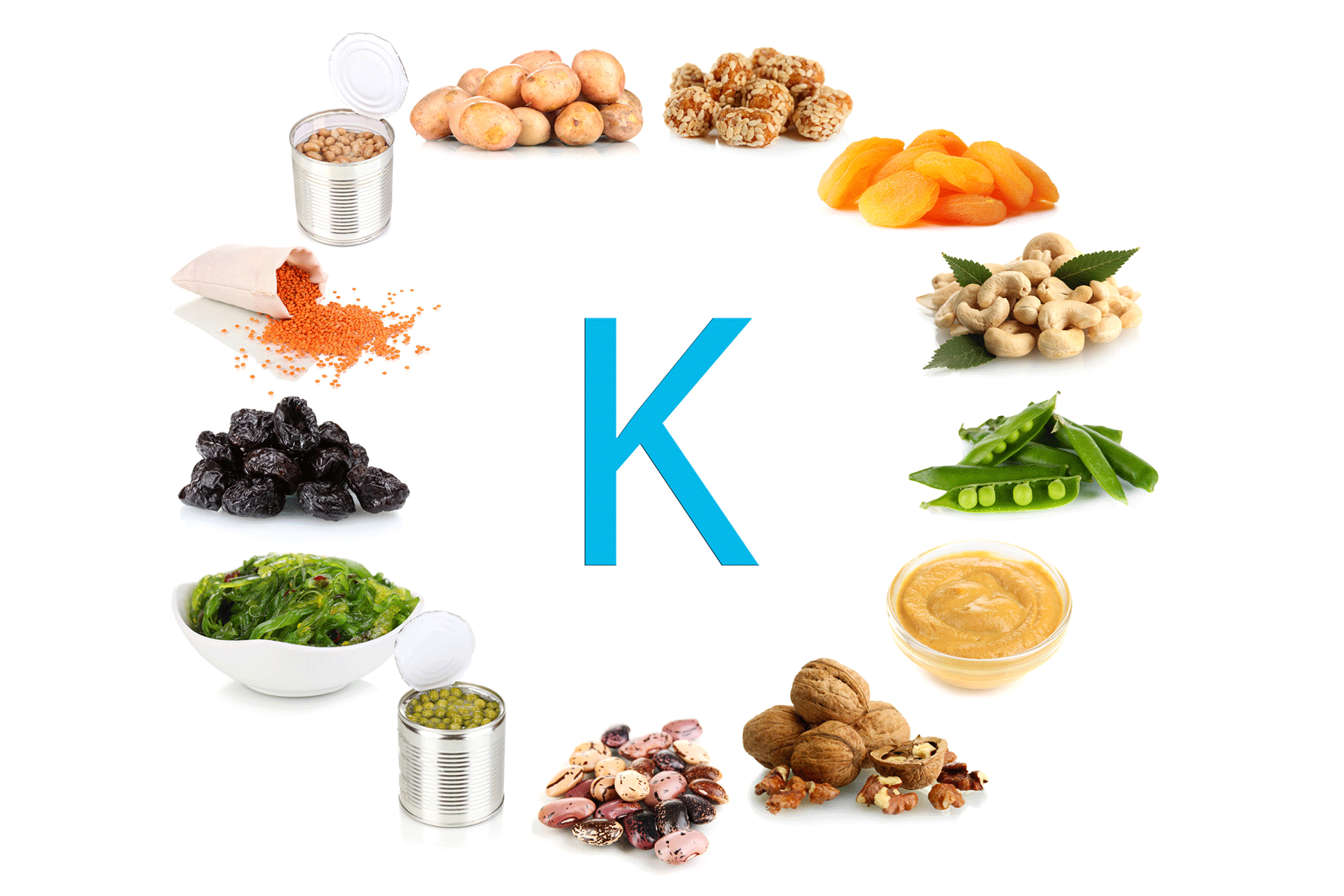 Food Manifest
Food Manifest
The house of resource for food safety.
pH level
- Home
- pH level
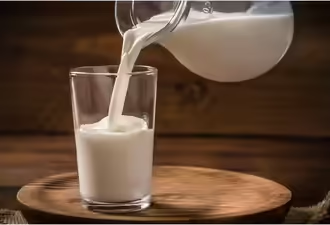
Bengaluru Scientists Use Traditional Dye Wood to Detect Spoiled Milk0
- A to Z, Food Hygiene, Food Safety, Health & Wellness, News
- October 23, 2025
Key Development A research team at Christ (Deemed to be University), Bengaluru, has turned an ancient Asian dye wood into a tool for food safety, enabling the detection of when milk begins to spoil. They extracted compounds from Caesalpinia sappan L. (sappan heartwood) to create a plant-based colour indicator that changes hue as milk loses freshness. Smart
READ MORE
Mobile Lab Strengthens Food Adulteration Testing in the Idukki0
- Event, Food Safety, Health & Wellness, News
- February 14, 2025
Report The Food Safety Department in Kerala’s Idukki district has strengthened mobile lab inspections to detect food adulteration. The public can bring food samples—either from home or purchased from shops—for free testing. In January, officials conducted 304 tests and identified 10 substandard samples. They stated that people would receive test results within 10 minutes. The
READ MORE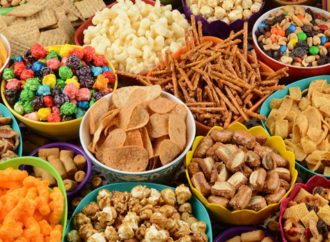
Determining the Shelf Life of Processed Foods: Key Factors and Methods0
- Food Safety
- February 6, 2025
Determining the shelf life of processed foods is essential for maintaining food safety, quality, and consumer satisfaction. Shelf life refers to the period during which a product remains safe for consumption while preserving its sensory qualities, such as taste, texture, and appearance. This is particularly challenging for processed foods with extended shelf lives or modified
READ MORE
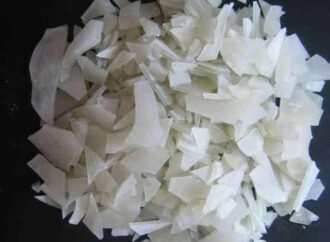
Caustic Potash (KOH): A Versatile Compound with Crucial Roles in Food and Industry0
- A to Z, Food Safety, General, Health & Wellness
- January 15, 2025
Caustic potash, or potassium hydroxide (KOH), serves as an indispensable compound with wide-ranging applications, particularly in the food industry. Its strong alkaline properties allow it to regulate pH levels, stabilize food products, and maintain hygienic production processes. Manufacturers produce KOH by electrolyzing potassium chloride, and regulators, including the FDA and FSSAI, recognize it as a
READ MORE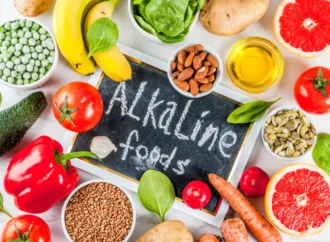
Debunking Myths and Exploring the Real Benefits of an Alkaline Diet0
- A to Z, Food Hygiene, Food Safety, General
- January 6, 2025
In today’s fast-paced world, the pursuit of health often leads to diet trends promising miraculous results. Among these, the alkaline diet has gained attention for its claims of balancing the body’s pH and enhancing well-being. However, these promises often mask a deeper issue: widespread misinformation about how diet influences our body’s pH levels. While the
READ MORE
Maximizing Food Safety and Reducing Waste: Understanding Shelf Life0
- A to Z, Food Safety, General, Health & Wellness
- January 2, 2025
The shelf life of food is more than just an expiration date – it’s a key factor in ensuring safety, and quality, and reducing waste. Perishable items, affected by moisture, temperature, and packaging, have limited lifespans. As food ages, it loses taste, texture, and nutrients, and can even become unsafe to eat, leading to waste
READ MORE
